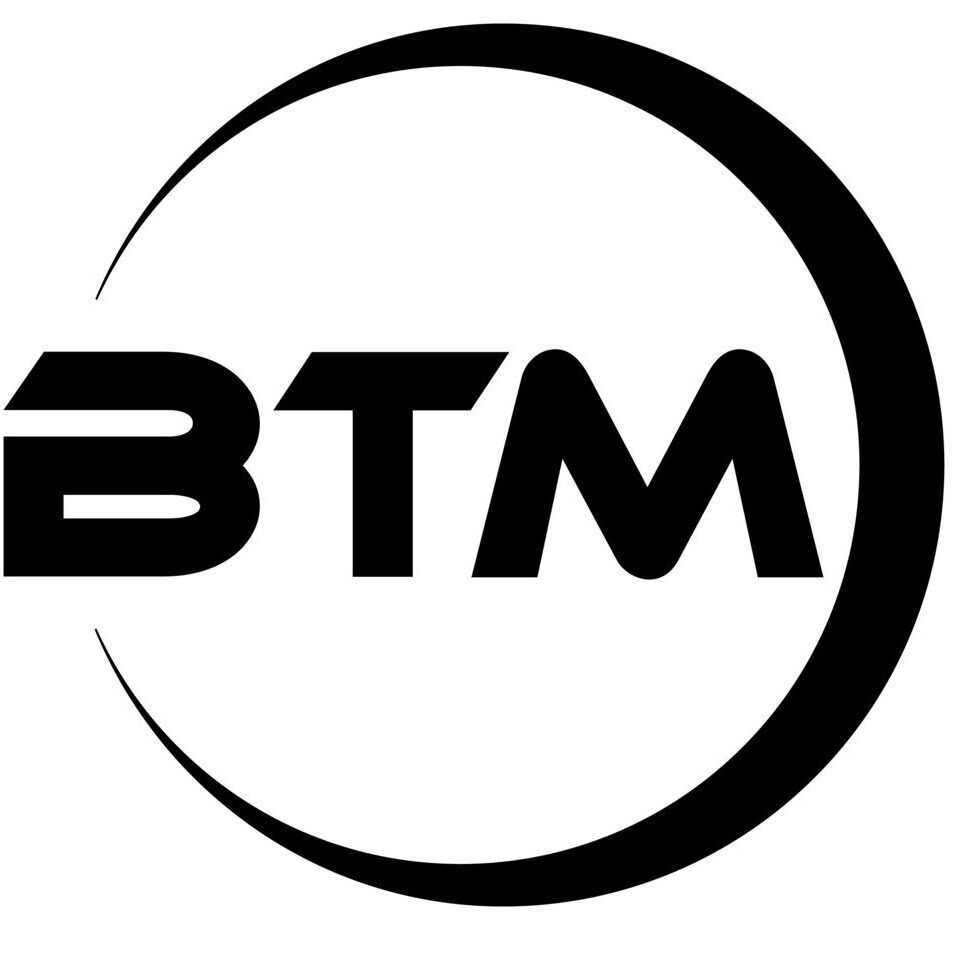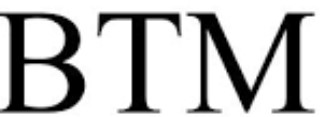Everyone at any point wishes to download a film in seconds or stream high-definition videos without buffering. But only the advanced users of 5G DAS solutions turn their dreams into reality. This is about the upgrade to successive generations altogether — a network infrastructural design that supports large information, minimal latency applications and high-density devices, — the key requirements of the Internet of Things (IoT), Artificial Intelligence (AI) and Augmented Reality. For this purpose, companies such as UCtel are implementing DAS ecosystems into the healthcare, manufacturing industry and city infrastructure.
However, if we want to take advantage of 5G fully, then we need dependable indoor connectivity where most commercial activities are taking place. The DAS, or distributed antenna system — a network of transmitters and cables that help spread signals well beyond encumbrances like signal attenuation due to distance and microwave interference. As the Ericsson Mobility Report shows, 5G is expected to add $1.3 trillion to global GDP by bringing industries wholesale. Thus, in the next five years, there will be changes through innovative business models that design new products and services.
This article is your invitation to utilise the benefits of 5G in your business, guided by our specialist simplifies the process, making it easier for you to select a fitting 5G DAS method that meets your needs and budget. Let’s begin.
Factors to consider when choosing 5G DAS solutions
Choosing the right 5G DAS for a venue is not an easy walk in the park. It involves including essential factors that have a major impact on the effectiveness, prices, and scalability of the 5G DAS solution. The physical facility size and layout, as well as the number of devices/users currently present or anticipated in use within given premises over time, play an essential role.
For example, a large venue such as a stadium requires more antennas and cables than smaller spaces like coffee shops. The number of devices and users in, for example, hospitals or hotels affects capacity and bandwidth requirements more than museums or parks. The requirements for a 5G DAS network also depend on the venue aspirations, whether basic uses like voice or advanced applications such as augmented reality. With the help of an expert company like UCtel, owners of the manufacturing industry find a way to resolve issues and cope with challenges and opportunities that the COVID-19 pandemic created – increasing automation, improving resilience, and accelerating digital transformation.
Factors such as the availability of several signal sources and operators, and large budget allocations that are expected to give relatively high returns on investments will also influence the decision. Contrastingly, venues in remote areas or underground facilities with restricted entry might have limitations. Finally, careful consideration of these aspects will guarantee that the venue achieves its wireless objectives and provides optimum 5G conditions to users.
Types and features of 5G DAS solutions
So we found out 5G Indoor connectivity systems play a crucial role in distributing wireless signals across venues to enhance coverage, capacity, and network quality. Understanding the types and features of these solutions is key to meeting diverse needs. Let’s simplify:
| Type | Description | Suitable Venue Examples |
| Passive DAS | Simple and low-cost solution using splitters and couplers; no amplification or processing. | Small office, retail store with a stable signal source. |
| Active DAS | Complex and high-cost solution with amplifiers and converters for extensive amplification and processing. | Large stadium, hospital with a weak and unstable signal source. |
| Hybrid DAS | Combination of passive and active components; provides some amplification and processing. | Medium-sized venue with mixed signal source; hotel, school. |
| Modular DAS | Flexible and scalable solution using modular components for customization and optimization. | Venue with varying wireless needs; airport, mall. |
5G In-Building access solution efficiently distributes wireless signals, improving coverage, capacity, and network quality. This Ericsson white paper is to help you better understand the different types of 5G DAS answers and how they work, as the right choice depends on the venue’s characteristics and wireless requirements.
Tips and suggestions for the selection of 5G DAS
The decision whether to adopt a 5G DAS can be very difficult and complex, there are many factors that one needs to take into consideration.
- Site Survey and Analysis: Know the required wireless environment, goals of use and available signal sources for your venue. This aids in the supervision of coverage, capacity and quality needs as well as possible challenges.
- Compare Solutions: The 5G DAS alternatives based on characteristics such as architectural solutions (active or passive), basic technologies of fibre and coaxial, frequency ranges, modularity versus static sizing capacities, and compatibility are to be compared: multi-operator completion simultaneously well lone operator; functionality – smart devices or conventional.
- Match Needs and Budget: Balance with investment cost, maintenance cost and operation costs while balancing the performance of the reliability flexibility. Look at customer experience, satisfaction and loyalty.
- Choose a Reliable Partner: We encourage you to cooperate with an established vendor whose high-quality goods, technical support and security guarantees are available. Search for a partner that has an established reputation and numerous proofs with regards to their involvement in 5G DAS solutions, necessarily following the set standards and regulations.
- Careful Planning and Implementation: Ensure you carefully plan, design, install and operate the 5G DAS. Include in the communication strategies interested parties, implement best procedures and respect standards. Hereby, you should comply with procedures from your partner/vendor and conduct extensive testing as well as monitoring.
Conclusion
We’ve looked at the benefits and limitations of 5G technology in this discussion, noting how distributed antenna systems (DAS) are essential instruments for overcoming challenges as well as maximising productivity with regard to performance on these networks. We dove into a comparison of numerous 5G DAS solutions, considering their applicability to specific business needs and budgets. Choosing the best 5G DAS system can significantly enhance speed, coverage, reliability yet security in wireless communication.
Now, a brief look at the perspective. Going with a Forbes estimate, we expect major advancements in 5G technology and DAS solutions over the next decade or two. 5th-gen technologies are projected to advance further and beyond the limits of speed and connection. Currently, the 5G technology is integrated with some of the most advanced technologies comprising famous companies in terms of supply chains in business sectors, artificial intelligence and augmented reality used for both entertainment and education as well as IoT; eventually, these technological advancements have changed how businesses obtain competitive advantages and individuals interact in this digital world. Welcome.




